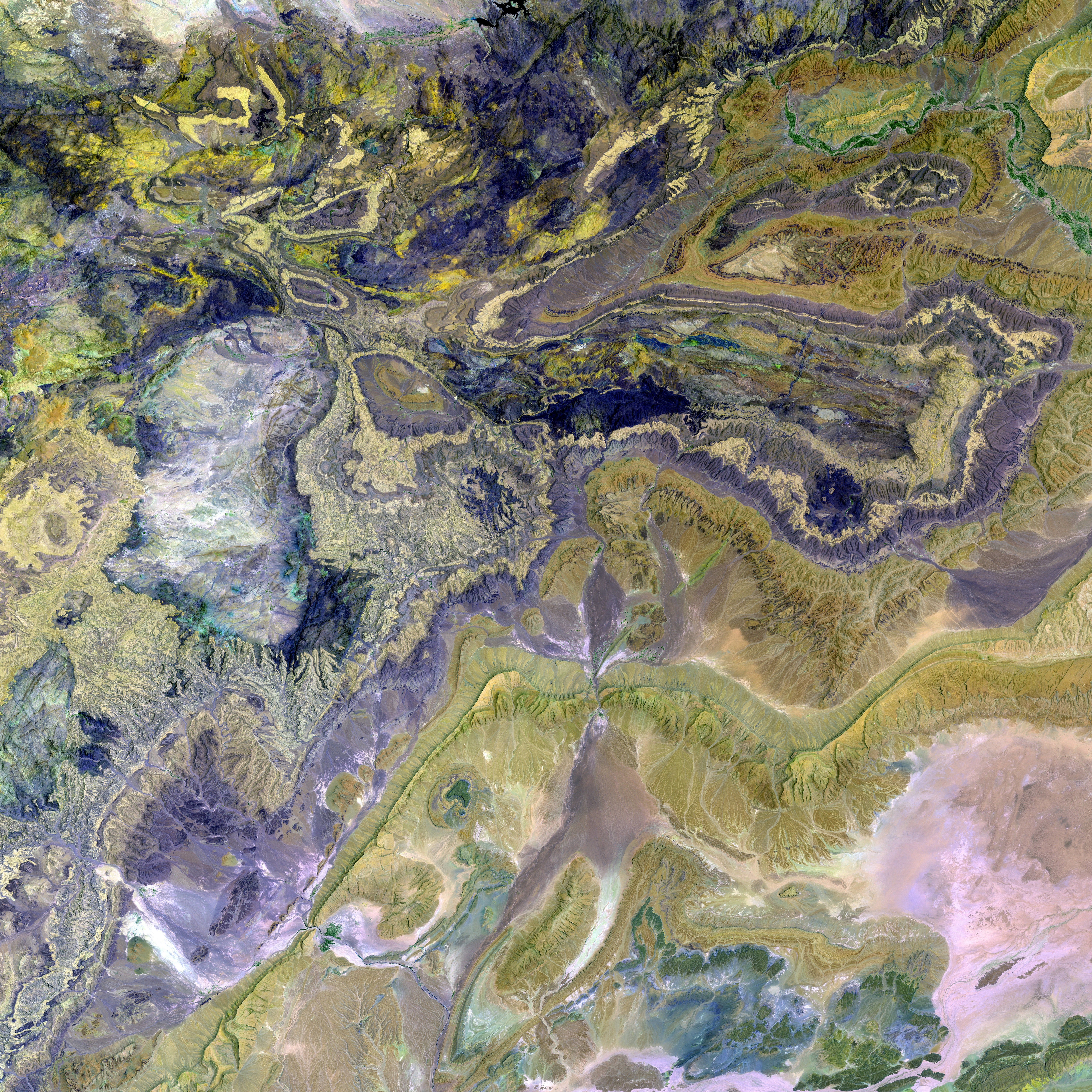Rapid and Severe Rosacea: Understanding roots, signs, and remedies
A Rare and Severe Skin Condition: Rosacea Fulminans
Rosacea fulminans is an uncommon and severe inflammatory skin disorder characterized by a sudden onset of localized skin color changes, swelling, inflammation, and painful nodules or pimples on the central face. Primarily affecting females, its underlying causes remain elusive.
Also known as pyoderma faciale, rosacea fulminans' symptoms differ from those typically associated with rosacea or acne, as they are more severe and emerge rapidly.
Treatment may involve corticosteroids, isotretinoin (Accutane), stress management, and dietary modifications. While the precise causes of rosacea fulminans remain unknown, one 2020 review suggests possible connections to inflammatory bowel disease and pregnancy. Additionally, people who have previously had some form of rosacea might be at a higher risk.
Triggers such as emotional stress, hormonal fluctuations, and certain medications are also suspected to contribute to its occurrence. According to a 2021 literature review, dietary factors, like spicy foods, alcohol, and historically, foods with high cinnamaldehyde content (e.g., chocolate, tomatoes, citrus fruits), may bring on or exacerbate symptoms, although this does not specifically apply to rosacea fulminans.
Symptoms of rosacea fulminans primarily affect the forehead, nose, cheeks, and chin and may include:- Sudden onset of severe redness- Painful pustules, papules, and nodules that may merge- Swelling and inflammation- Flushing and blushing- Stinging and burning sensations
Some individuals may experience ocular symptoms, such as dry, burning, or itching eyes or light sensitivity, while systemic symptoms like fever and fatigue are rare.
Treatment options for rosacea fulminans may involve oral isotretinoin, corticosteroids, and in some cases, antibiotics combined with lifestyle changes. A healthcare professional may also encourage identifying and avoiding triggers, as well as making dietary and lifestyle changes to help manage symptoms.
Individuals who experience symptoms beyond typical rosacea or acne, have a sudden onset of symptoms, have symptoms that persist or worsen despite tried treatments, notice eye irritation or inflammation, or experience systemic symptoms like fever are encouraged to consult a dermatologist or other healthcare professional for a prompt and accurate diagnosis and treatment.
In summary, rosacea fulminans is a rare and severe inflammatory skin condition that affects the central face. While its exact causes are undetermined, it primarily occurs in females, and hormonal fluctuations and inflammatory processes are suspected to play a role. Treatment involves corticosteroids, isotretinoin, stress management, and dietary adjustments. Seeking prompt and accurate diagnosis and treatment is crucial for effective symptom management and quality of life.
- Rosacea fulminans, a severe inflammatory skin disorder, is characterized by sudden onset of localized skin color changes, swelling, inflammation, and painful nodules or pimples, primarily affecting the central face of females.
- Often, symptoms of rosacea fulminans differ from those typically associated with rosacea or acne, as they are more severe and emerge rapidly.
- Treatment for rosacea fulminans may involve oral isotretinoin, corticosteroids, and in some cases, antibiotics combined with lifestyle changes, including stress management and dietary modifications.
- Seeking prompt and accurate diagnosis and treatment is crucial for individuals experiencing symptoms beyond typical rosacea or acne, having a sudden onset of symptoms, persisting or worsening symptoms despite tried treatments, noticeable eye irritation or inflammation, or experiencing systemic symptoms like fever.








